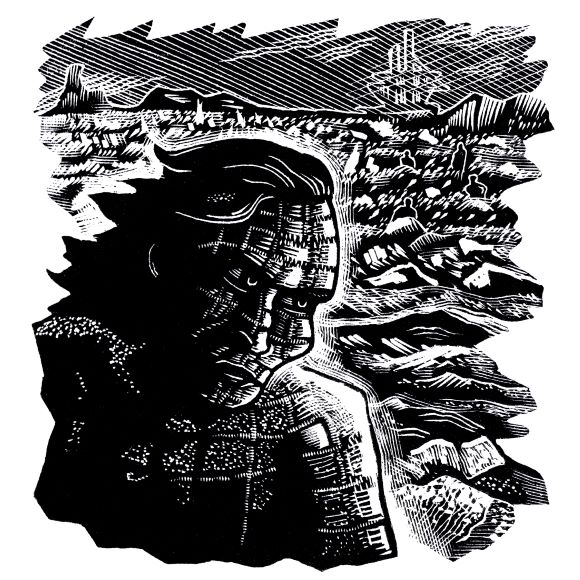
Mary Wollstonecraft Shelley (1797 to 1851) was the author of the ground breaking Gothic novel Frankenstein; or, The Modern Prometheus (1818) which left a lasting impact on literature and science fiction.
Mary’s own genius, cultivated in the intellectual circles of her time, continues to captivate readers worldwide and as the wife of Romantic poet Percy Bysshe Shelley, she also edited and tirelessly promoted his works.
Bournemouth's gothic heart
The daughter of philosopher William Godwin and proto-feminist writer Mary Wollstonecraft (author of Vindication of the Rights of Woman), Mary Shelley inherited an extraordinary intellectual heritage but also developed her own distinctive genius. Her peers at the time included Percy Shelley, Lord Byron, Doctor Polidori and Claire Claremont.
During a stay at Villa Diodati, on the shores of Lake Geneva, a ghost story contest prompted by Byron led to the first draft of Frankenstein.
While Shelley did not live in Bournemouth, she is buried here at St Peter’s Church, along with the heart of her husband.
Her fourth and only surviving child, Sir Percy Florence, bought Boscombe Cottage intending to turn it into a home for his mother, but she died in 1851 before she moved in. Percy renovated and lived in the manor house from 1841 to 1889.
Get creative: writing prompts
Visiting these Shelley-inspired sites and diving into her literary world will leave you with a deeper appreciation of her genius and enduring influence. Whether exploring her grave or imagining her creations in modern Bournemouth, Mary Shelley’s legacy offers endless inspiration.
Birth of a monster
Imagine a monster running amok in Bournemouth. Is it in pain? Misunderstood? Vengeful? Lonely?
Consider writing it in first person from the monster’s perspective. Dramatize encounters with locals, both humans and animals. How do they react? What does it most want?
The last person on Earth
Inspired by Mary Shelley’s novel The Last Man, where a plague wipes out most of humanity, imagine being the sole survivor of a global catastrophe.
Wander through the deserted streets of Bournemouth. How do you cope with the silence? What do you miss most, and what keeps you going?
Rising from the grave
Start by describing the grave and its environs as vividly as possible. Notice the details – in nature, in the gravestones, the trees, the ground beneath your feet. Now reflect on Mary Shelley’s life, her writing. The tragedies and triumphs. Write a paragraph or two on this. Then try writing in her voice – in poem, prose, or script form (monologue). Let her tell her story.
What if she came back – what would she make of ‘progress’, of modern science?
How to get here
The postcode of this site is: BH12HH
Or you can use What3Words: ///again.struck.jelly
Location for visitors
Things to do at this location:
- visit Mary Shelley's family tomb - located in St Peter’s Church Cemetery, the family’s tomb can be found easily
- Shelley Park is located on Boscombe Overcliff, is open to the public, and Boscombe Manor survives as a medical centre
- visit the former Shelley residence which is accessible via Manor Steps
- get something to eat at one of the many local cafés and bars to visit as well as Boscombe library